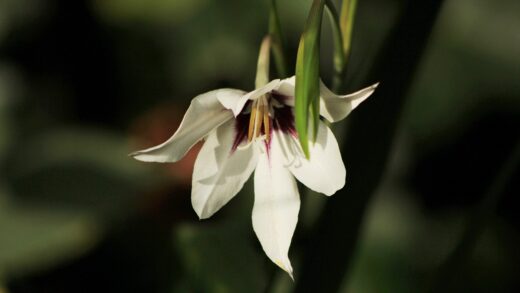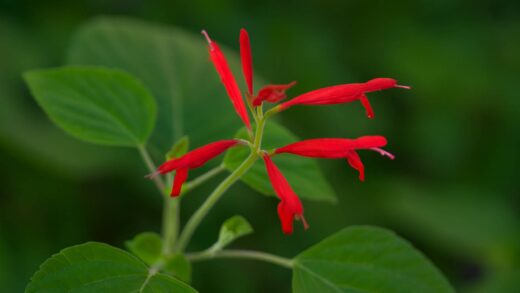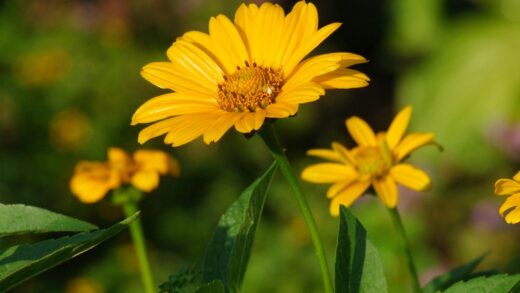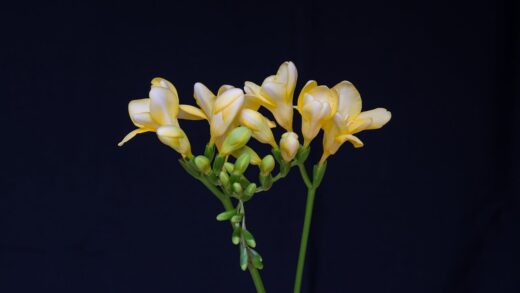The Common Blue Violet, scientifically known as Viola sororia, is one of the most charming and adaptable groundcover plants you can welcome into your garden. This perennial, native to North America and known for its heart-shaped leaves and distinctive, early spring violet flowers, is a true survivor that can form a dense, green carpet with minimal care. Its beauty and hardiness make it a favorite of many gardeners, although it’s important to note that under ideal conditions, it tends to spread aggressively, requiring mindful planting and management. However, in the right place, it creates an unparalleled atmosphere and greets the gardener as one of the earliest harbingers of spring, integrating nature into our daily living space.
The morphological diversity of Viola sororia is impressive, further enhancing its horticultural value and appeal. Besides the classic violet-flowered species, there are numerous cultivated and natural varieties, such as ‘Freckles’ with its white petals speckled with purple, or ‘Albiflora’ with its pure white flowers. A fascinating feature of the plant is that it produces two types of flowers: the showy, insect-attracting chasmogamous flowers that bloom in the spring, and the self-pollinating cleistogamous flowers that develop later, hidden beneath the leaves. This dual strategy ensures abundant seed production and the successful survival of the species even in unfavorable years with few pollinators.
From an ecological perspective, the Common Blue Violet plays an extremely useful role in the garden, especially for those who prefer a nature-friendly style. Through its early spring bloom, it provides one of the first food sources for awakening pollinators, such as bumblebees and early butterflies. Its dense foliage effectively suppresses weeds, reducing the time spent on weeding, and on steeper slopes, it helps prevent soil erosion. Its leaves and flowers are edible, and their slightly sweet taste makes them suitable for garnishing salads and desserts, adding another dimension to their use.
Before deciding to plant the Common Blue Violet, it is wise to weigh its pros and cons. Its undeniable advantages include low maintenance requirements, shade tolerance, rapid spread, and the support it provides for wildlife. However, this very same rapid spread can become a disadvantage if the plant escapes its designated area and appears, for example, in a manicured lawn, from which it is almost impossible to eradicate. A conscious gardener, however, can keep it in check and harness its potential to create a beautiful, low-maintenance, and natural-looking part of the garden.
The ideal planting site and soil preparation
Choosing the ideal location for the Common Blue Violet is the key to successful cultivation, which primarily depends on light conditions. The plant feels most at home in partially shaded or fully shaded parts of the garden, where sunlight reaches it in a filtered form, for instance, through the canopy of deciduous trees. It can also be planted in a full sun location, but only if the soil remains consistently moist; otherwise, its leaves may scorch and the plant’s growth will slow. In shadier locations, its foliage will be lusher and a darker green, while in sunnier spots, it will produce more flowers, but the leaves may remain smaller.
More articles on this topic
Soil quality is also a decisive factor in the healthy development of Viola sororia. It prefers moist, humus-rich, well-draining soils that mimic the conditions of its natural woodland habitat. It is important that the soil can retain moisture but does not become waterlogged, which could lead to root rot. It is not particularly sensitive to soil pH, tolerating slightly acidic, neutral, or even slightly alkaline conditions, which makes it extremely adaptable to most garden soil types.
Soil preparation before planting is essential for the plants to establish roots quickly and for subsequent vigorous growth. First, thoroughly clear the area of weeds, stones, and other debris. Following this, it is advisable to dig or loosen the soil and incorporate a large amount of organic matter, such as mature compost, well-rotted manure, or leaf mold. This action not only improves the soil structure but also increases its nutrient and water retention capacity, giving the young plants the best possible start.
When it comes time to plant, place the seedlings or divisions about 15-25 centimeters apart, depending on how quickly you want to achieve a closed groundcover surface. The planting hole should be large enough to comfortably accommodate the root ball. Ensure that the plant’s crown is at or slightly above soil level. After planting, water the plants thoroughly to settle the soil around the roots and eliminate any air pockets that could dry out the roots.
Propagation methods for the Common Blue Violet
The extraordinary success and spreading ability of the Common Blue Violet are due to its effective and varied reproductive strategies. The plant can reproduce in two main ways: sexually, via seeds, and asexually, through vegetative means, with the help of its rhizomes. This dual approach allows it to quickly colonize large areas and adapt to different environmental conditions. Knowledge of these methods is essential to consciously propagate it where desired and to effectively control its spread where it is not welcome.
More articles on this topic
Seed propagation is the result of a fascinating biological process in which cleistogamous flowers play the main role. These small, inconspicuous flowers self-pollinate and produce a huge quantity of seeds without the need for external pollinators. Once ripe, the seed pods split open and eject the seeds, sometimes several feet away. If you want to propagate from seed, you can collect the seeds after they ripen and either sow them in the desired location in the fall or subject them to cold, moist stratification to be sown in pots in the spring to raise seedlings.
The easiest and quickest method of vegetative propagation is by division, which also serves to rejuvenate existing clumps. This procedure is best carried out in early spring, at the beginning of the growing season, or in the fall, after flowering. Using a spade, carefully lift an older, denser clump, then separate it into smaller sections with your hands or a sharp knife. It is important that each new plantlet has sufficient roots and at least a few leaves or buds for successful development, and then plant the new sections immediately in their final location.
The plant’s natural spread is ensured by its thick, fleshy, branching rhizomes (underground stems), which creep just below the soil surface, producing new shoots. Over time, these rhizomes form a dense, interconnected network from which an entire colony of violets develops. This growth habit also explains the plant’s extraordinary resilience; even the smallest piece of rhizome left in the soil during weeding can sprout again. Therefore, if you want to limit its spread, it is essential to remove the rhizomes as completely as possible from unwanted areas.
Care, maintenance, and controlling spread
Caring for the Common Blue Violet generally does not require much effort, as the plant is extremely undemanding and tough. Water supply is the most important factor, especially during the first year after planting and during hot, dry summer periods. Although a well-established stand is surprisingly drought-tolerant in shady locations, regular watering will be rewarded with lusher foliage and a healthier appearance. It does not require excessive supplemental feeding, but applying a thin layer of compost or leaf mold around the plants at the beginning of the spring season is beneficial for its growth.
Mulching is one of the most useful maintenance techniques for the Common Blue Violet. A 5-7 centimeter thick layer of organic mulch, such as bark, shredded leaves, or pine needles, helps to retain soil moisture, keeps the root zone cool, and effectively inhibits weed growth. As the mulch slowly decomposes, it continuously enriches the soil with nutrients, improving its structure. The faded spring flowers can be removed for aesthetic reasons, but this action will not prevent seed formation, as the hidden cleistogamous flowers will continue to produce seeds.
Fortunately, Viola sororia is resistant to most pests and diseases, which further simplifies its care. Occasionally, especially in hot and dry conditions, spider mites may appear, while in overly humid environments with poor air circulation, powdery mildew or rust can take hold. The best method of prevention is to ensure proper planting distance for good air circulation and to water the soil at the base of the plant rather than the foliage. Timely removal of infected leaves is usually sufficient to prevent the problem from spreading.
Since the Common Blue Violet can spread aggressively under ideal conditions, keeping it in check is crucial for maintaining a harmonious garden landscape. The most effective way to do this is by using physical barriers, such as installing sunken edgings or root barriers around the designated area. Runners and rhizomes that creep into unwanted areas must be regularly removed with a spade or a garden fork. Removing violets that have invaded a lawn is a major challenge; persistent manual weeding and encouraging a dense turf to outcompete them is the most environmentally friendly approach.


















